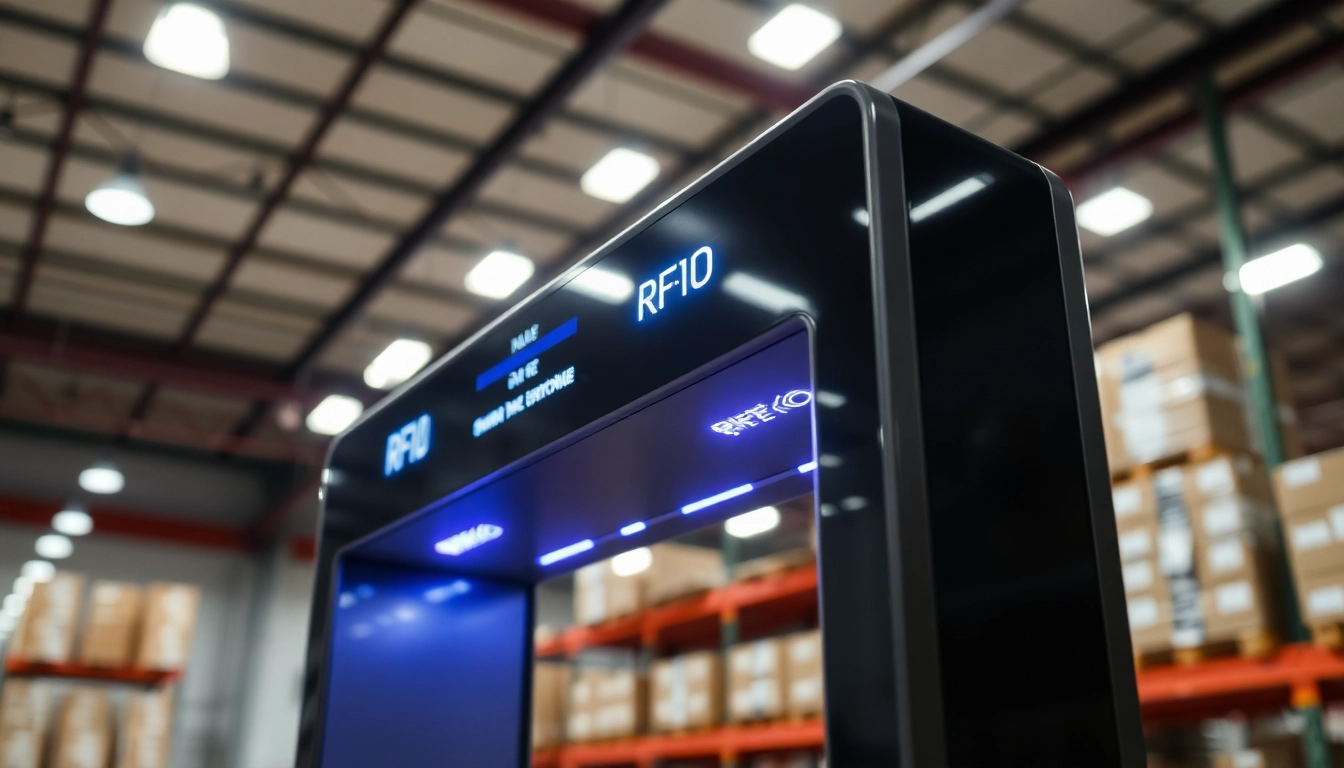In today’s volatile global economy, trade tariffs are no longer distant policy tools—they are immediate financial and operational concerns for businesses of all sizes. Over the past few years, escalating trade tariffs have disrupted supply chains, inflated production costs, and redefined international trade strategy.
At Global Trade News, we break down the critical updates, impacts, and solutions surrounding the surge in Trade tariffs, so your business can stay ahead of the curve.
Understanding Trade Tariffs: A Quick Refresher
Trade tariffs are taxes imposed by governments on imported goods. While traditionally used to protect domestic industries or retaliate against unfair trade practices, today they are strategic tools in broader geopolitical and economic disputes.
Recent surges in trade tariffs—particularly between the U.S., China, and the European Union—are shaking up markets, forcing businesses to reconsider everything from pricing models to supply chain locations.
What’s Fueling the Surge in Trade Tariffs?
The rise in trade tariffs is driven by a complex mix of global developments.
1. Geopolitical Tensions
Rivalries between global superpowers are playing out economically. Tariffs are often used as leverage in negotiations, leading to tit-for-tat increases that affect a wide range of goods.
2. National Security Concerns
Governments are increasingly citing national security as justification for new trade tariffs, particularly on technology, semiconductors, and critical minerals.
3. Supply Chain Realignments
As countries seek to bring manufacturing closer to home, trade tariffs are being applied to incentivize local sourcing and reduce dependency on certain regions.
Industries Most Impacted by Trade Tariffs
Certain sectors are bearing the brunt of these changes more than others.
Manufacturing
U.S. and European manufacturers reliant on Chinese components are seeing cost increases due to rising trade tariffs. This affects everything from heavy machinery to consumer electronics.
Agriculture
Farmers face export challenges when retaliatory tariffs target agricultural goods. China, for instance, has imposed tariffs on soybeans and corn in response to Western tariff actions.
Retail & Consumer Goods
Many retailers, especially in the apparel and home goods sectors, depend heavily on imports. Increased trade tariffs force them to either absorb costs or pass them on to consumers.
How Trade Tariffs Impact Business Operations
1. Cost Increases
The most immediate effect of trade tariffs is higher prices for raw materials and finished goods. This eats into profit margins and forces companies to re-evaluate their pricing strategies.
2. Supply Chain Disruptions
Tariffs can make long-standing supplier relationships economically unviable. Companies must scramble to find alternate suppliers, often under tight timelines.
3. Regulatory Complexity
New trade tariffs come with updated compliance requirements. Misclassification of goods or failure to adjust documentation can lead to delays, penalties, or seized shipments.
4. Market Uncertainty
Unpredictable policy changes create hesitation in expansion plans, investment decisions, and long-term strategy development.
Strategies to Manage the Impact of Trade Tariffs
The surge in trade tariffs doesn’t mean doom—it means adaptation. Here’s how your business can respond:
1. Conduct a Tariff Impact Audit
Analyze your current imports and exports to identify which SKUs are subject to new trade tariffs. Determine which items contribute the most to increased costs.
2. Diversify Suppliers
Look beyond traditional sourcing regions. Southeast Asia, Eastern Europe, and Latin America are increasingly attractive alternatives to high-tariff countries.
3. Utilize Free Trade Agreements
Leverage regional trade agreements such as the USMCA or RCEP to source tariff-free goods or gain preferential access to key markets.
4. Classify Products Strategically
Accurate product classification can reduce duties. Work with trade compliance experts to explore tariff engineering options where legally permissible.
5. Adjust Pricing Models
Recalibrate your pricing to reflect increased costs without alienating customers. Transparent communication about external factors can help maintain brand trust.
Government Incentives and Policy Responses
Many governments are offering support to industries affected by trade tariffs. In the U.S., this includes:
- Tax credits for manufacturers reshoring operations
- Grants for exporters entering new markets
- Subsidies for small businesses hurt by retaliatory tariffs
Understanding and taking advantage of these programs can help offset financial pressure and enable long-term adaptation.
The Long-Term Outlook on Trade Tariffs
While some analysts predict eventual easing of tensions, others argue that trade tariffs are becoming a permanent fixture of the global economy.
What This Means for Businesses:
- Adaptability will be a core strength in global commerce.
- Digital tools like AI, blockchain, and real-time analytics will play an increasing role in managing trade compliance.
- Regionalization and decentralization of supply chains will continue to rise.
Businesses that embrace these trends early will be better positioned for resilience and growth.
Real-World Example: How One Business Adapted
Take the case of a U.S.-based electronics firm that previously relied on Chinese manufacturers. When trade tariffs increased in 2023, the company:
- Shifted 40% of production to Vietnam
- Used duty drawback programs to recover previously paid tariffs
- Invested in AI-based forecasting to minimize disruptions
As a result, the business not only preserved profitability but also expanded its global reach by diversifying its supplier base.
Conclusion: Be Proactive, Not Reactive
The surge in trade tariffs is reshaping the global trade landscape in real-time. For businesses, this is both a challenge and an opportunity.
By proactively auditing your supply chain, exploring alternative sourcing, and staying informed on policy shifts, you can protect your margins and remain competitive.
The new era of international trade requires strategic thinking, agility, and continuous compliance. But for those who adapt, the rewards will outweigh the risks.
At Global Trade News, we’re committed to helping you navigate every twist and turn in this evolving economic environment. Our website is your ultimate source of valuable information.
FAQs
1. What are trade tariffs and why are they rising?
Trade tariffs are taxes on imported goods. They’re rising due to geopolitical tensions, national security concerns, and strategic supply chain realignments.
2. How can businesses reduce the impact of trade tariffs?
Businesses can audit their imports, diversify suppliers, leverage free trade agreements, and work with compliance experts to minimize costs.
3. Which industries are most affected by the current tariff surge?
Manufacturing, agriculture, retail, and consumer electronics are heavily affected, experiencing increased costs and supply chain challenges.



